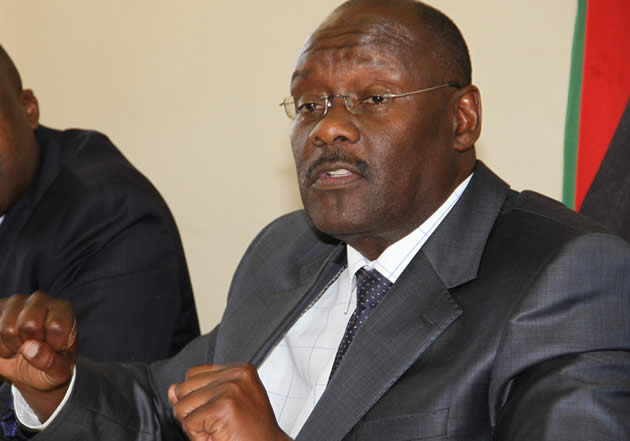Remembering Mumurwi Battle

Edmore Mazivofa Features Correspondent
THE squeals of birds and the deafening resonance of Christmas beetles disturb the deathly silence of a small valley near Mumurwi Mountains in Musana Communal Lands of Bindura South constituency. A site with little or no human activity, it is a place people in the area consider sacred.
In this desolation, rusty, deformed vehicles and warplanes are scattered across an area covering a square kilometre.
Manure to the vegetation are shrapnel, armour cases and remains of rusty fin mounted bazooka propellant that are 34 years old.
Old, stocky musasa trees bear the marks and scars of the Battle of Mumurwi fought on March 19 1979, which, like all great battles, provided one of the turning points for the liberation forces against the Rhodesian soldiers.
It was a battle between those who had sophisticated weapons of war against those with mere will and determination.
This site was a base for the injured.
It was no more than a big cave below the hill, which was being used as a sanctuary and a hospital.
By the rules of conventional warfare, it should have been a safe haven as the Geneva Convention states that “any injured enemy has no right to receive any further harm from an opponent in war”.
But in the pre-dawn, a Rhodesian Forces reconnaissance plane passed above the supposedly safe haven for those that were injured in many other battles across Chikwaka and the Musana areas.
The callous attack started at around 7am with the first bomb being dropped by a Linx aircraft just a few metres from the “hospital”.
The battle had begun.
The able-bodied had their work cut out.
They had to defend themselves and had to take care of those injured and moving them to safety.
The heavy gunfire from 20mm cannon that was mounted on the Alloutte 3 helicopter and the ones from 14,5mm anti-air on the ground produced a deafening sound that people from the area cannot forget even up to this day.
As the Rhodesian forces surrounded the liberation fighters, bombing from both land and air, there was nothing stronger than the motivation to win back what will be rightfully yours and the love for one’s brethren.
The combination of special forces and ground forces, some on horses and Rhodesian Air Force came as a seemingly difficult task for the freedom fighters that used the anti-air weapons they had with so much precision that in no time helicopters with tails of smoke were seen flying uncontrollably.
“We all started having running stomach because of fear of our fate by the Rhodesian Forces. The crime being that of harbouring the comrades,” added another witness.
This could easily have been the end to men who had involved themselves in this struggle since the early days.
The thundering sound of explosives, the crack and thud became the order of the day as the two opposing forces battled each other.
The tactics used by the Rhodesians included trapping their opponents by forming a half circle, leaving only one way “out”.
The determined comrades quickly realised the trap and they chose to confront the invading forces rather than trying to escape.
This was no ordinary way out that had been left by the Rhodesians, but a well laid trap that had been fortified with all sorts of butchery apparatus, a plan to crush the revolution that was already at its thrust stage.
The injured had no choice but to quickly do something to save their dear lives.
Not all were lucky.
The cave became a slaughter house to those who could barely move.
The enemy killed with so much impunity, cruelty and brutality regardless of the injured comrade’s inability to help themselves.
But gallant liberators stood their ground.
A total of three helicopters were downed that day.
The final escape was possible three hours later and the civilians played their role too, that of giving bolt hole to some who managed to limp to the next village.
“The sound of the guns that were fired that day made a lot of people sick, some had a catastrophic combination of bleeding from the nose and ears,” said Maria Sande, an elderly woman from a nearby village.
It was a horrible spectacle, the villagers say.
The Battle of Mumurwi was one of the defining moments at the climax of the Zimbabwean struggle for independence.
The Tomb of the Unknown Soldier at the national shrine seems to speak directly to some of the hospitalised veterans who were never found.
Psychological effects of battle range from nightmares about the conditions encountered or abnormal reactions to certain sights or sounds by individuals.
Some suffer flashbacks of these experiences while physical effects of battle include scars, amputations, blindness and paralysis.
As the Rhodesians celebrated the relocation and the tactical withdrawal of the comrades from Mumurwi area, it was like celebrating a consolation goal at the end of a match that you will have been thumped six goals to nil.
This incident should also be a guideline and a mirror as to where this beautiful country came from.
- Feedback: [email protected]








Comments